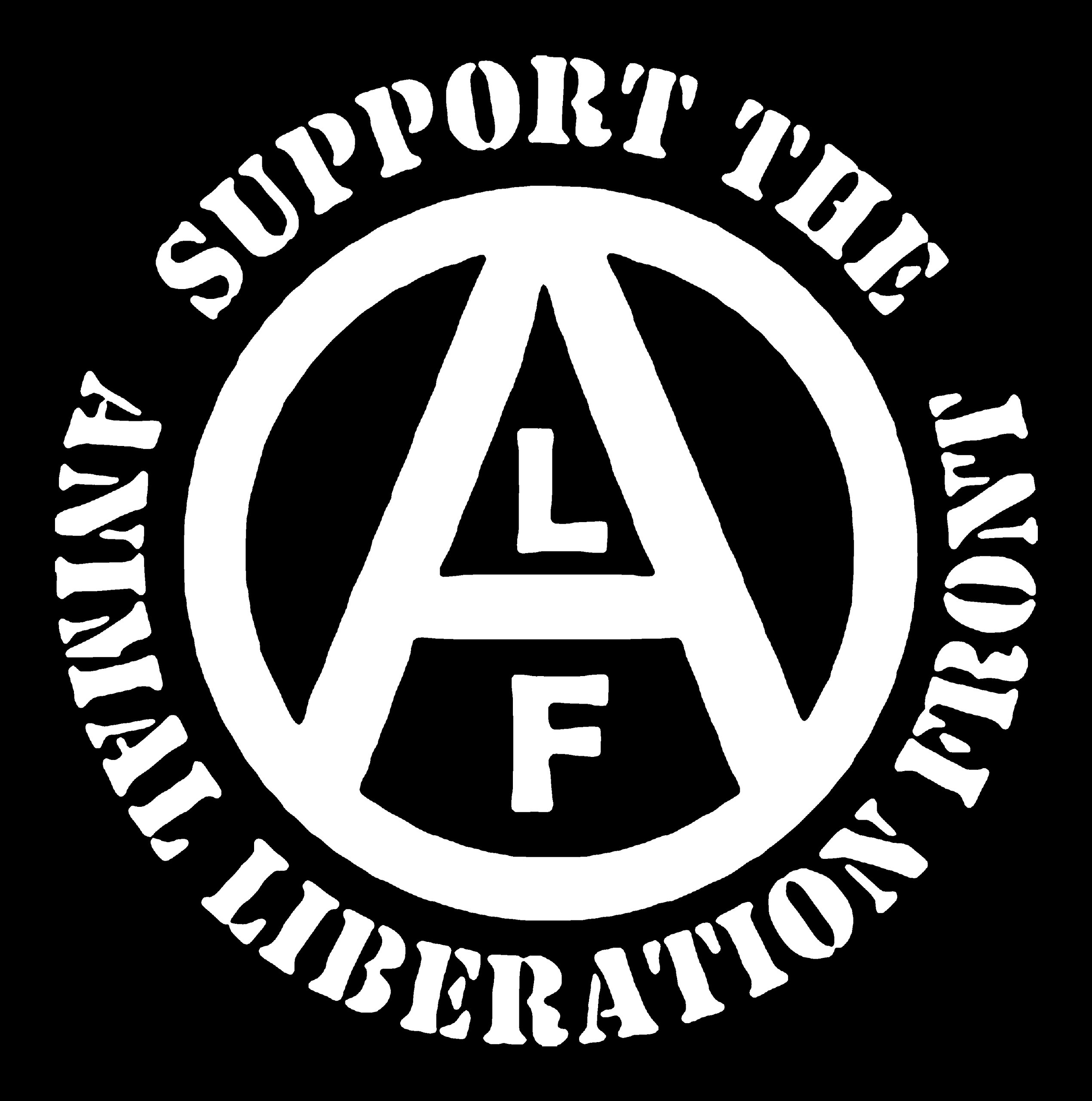

Something like that happened to my mom who is celiac and my aunt who isn’t but does have a gluten intolerance, but me and my siblings have never really had it. It could be unrelated though, some shampoo brands are just a fuck and wreck your scalp if you stop using it for more than a day or two; head and shoulders really fucked me up with that one.
I love this sort of style, mostly for the aesthetics, but also to dunk on libs when they claim ‘modern art isn’t real art because it doesnt look realistic’